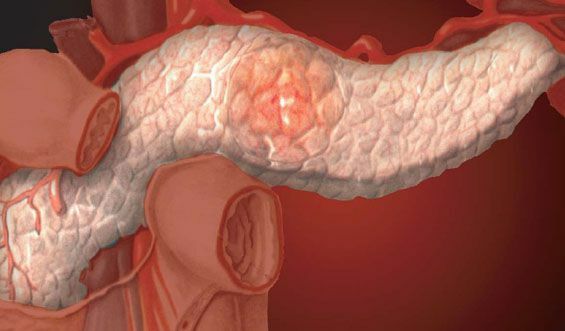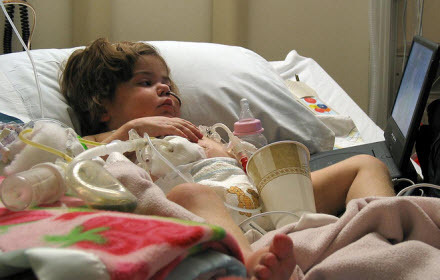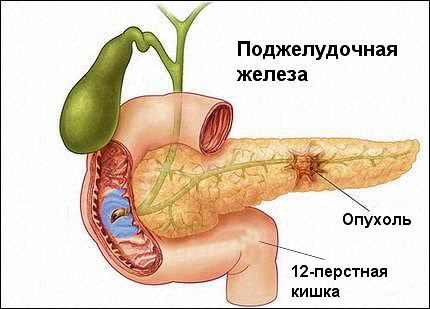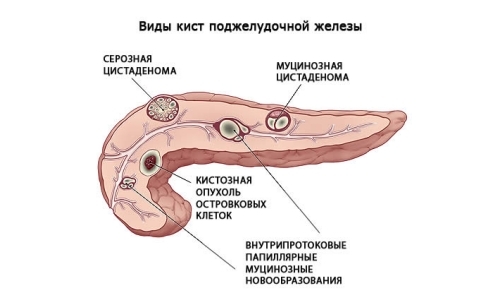What causes reactive changes in the pancreas?
Reactive changes in the pancreas are repetitive nature phenomena, which occur mainly in the organ because of the development of different gastric diseases or irregular malnutrition and intestinal infections food varying severity.
Symptoms of changes are not specific, therefore the diagnosis also includes some laboratory studies.
Pathology disease
Contents:
- Pathology disease
- causes of changes and symptoms
- diagnostic measures and treatment changes
pancreas consisting of a head, body and tail, which smoothly into each other, is considered one of the largest glands of the digestive system, givingThe size of only the liver.
The pancreas produces enzymes that are involved in digestion, and secretes the hormone insulin responsible for the normalization of blood sugar levels.
One of the most common changes in the pancreas is reactive pancreatitis, which is formed in patients who suffer from various diseases of the digestive organs.
Change parenchymal organ occurs in people who frequently consume fatty and fried foods in large quantities, as well as the presence of allergies to food or medications.

Enough rare in a child or adult is found diffuse parenchymal changes of the pancreas in acute form, resulting from congenital abnormal characteristics of the formation of the digestive system.
In this case, treatment is aimed at eliminating unpleasant symptoms.
Diffuse reactive changes in adults can also occur due to such diseases:
- severe forms of cholecystitis;
- complication of duodenal ulcer;
- formation of an ulcer in the upper part of the pancreas;
- diseases that are caused by reflux;
- Pitting Colitis.
It should be noted that the symptoms of reactive changes in the structure of the pancreas and its parenchyma are not very pronounced, which makes it difficult to diagnose the patient.
To diagnose this disease, besides examinations, urine and blood tests of the patient are also prescribed.
causes of changes and symptoms
Causes of reactive changes of pancreatic parenchyma primarily include infectious diseases accompanied by inflammation( pharyngitis, pneumonia, influenza, etc.), acute inflammation of the tissues of the digestive tract( catarrh, gastritis, ulcers), injuriesAbdominal cavity and various stresses.
also causes changes may be irregular or malnutrition( frequent consumption of food and of products containing preservatives and flavor enhancers, carbonated drinks, fast food, chips and the like. D.), The use of certain medicinal agents( these include Trichopolum, Furosemide, Antibiotics and other medicines).
Separately it is necessary to allocate congenital pathologies of digestive system: a cystic fibrosis, disturbances of work of bilious channels, the lowered level of lactose and hormones.
Diffuse reactive changes in the parenchyma basically have such characteristics:
- strongly pronounced pain in the stomach area of a long-term nature. As a rule, the pain decreases when taking a sedentary posture with a slight inclination forward. At the child at occurrence of morbidity strong mourning and anxiety begins. Diffusive changes in a child can be diagnosed by such a pose: the baby lies on his side, from time to time pressing his legs to his chest;
- periodic attacks of vomiting food and gastric juice, which do not bring relief. With reactive changes in the child, vomiting may be absent;
- in the first hours of the disease body temperature can increase to 38 degrees, in rare cases it can increase even up to 40 degrees;
- frequent watery diarrhea. With prolonged course of the disease there is instability of the stool, when diarrhea is replaced by constipation;
- tongue mucous dry with a touch of white or yellowish hue;
- dryness in the oral cavity;
- decrease or total absence of appetite;
- frequent belching and bloating;
- increased fatigue, general weakness in the body.
In the presence of reactive changes in the child, signs may not be too pronounced. In such cases, the diagnosis is difficult even for a qualified doctor.
If the parents have noticed a child or have several of the above signs, you should contact the doctor as soon as possible.
Attempts to self-treat a child without the help of doctors can have negative consequences.
Diagnostic measures and treatment of changes
In the diagnosis of reactive changes in the pancreas, a survey of patients is used, which helps to detect eating disorders, as well as the collection of an anamnesis of past and hereditary diseases in order to establish a diagnosis more accurately.
The examination makes it possible to identify the specific localization of pain in the abdominal region, the presence or absence of signs of irritation of the mucous membrane of the organ, and also to detect signs of poisoning or an allergic reaction.
Diffuse changes in the pancreatic parenchyma are inevitably diagnosed using a common blood test.
This study can help to find signs that are characteristic of the presence of an inflammatory process: an increase in white blood cells, an increase in the rate of erythrocyte sedimentation, a decrease in the number of lymphocytes and hemoglobin.
A coprogram or stool analysis is also often performed: there is undigested starch, protein fibers, an increase in fat particles.

Biochemical type of blood test is aimed at detecting an increase in the level of enzymes. In the analysis of urine, there is an increase in diastase.
Ultrasound examination finds heterogeneous echogenicity of pancreatic tissue.
To treat reactive diffuse changes in the parenchyma of the severe form is necessary only in stationary conditions.
The doctor is required to strictly bed rest. Treatment includes the use of medicines and a special diet, as well as the elimination of the cause of the disease.
Treatment of reactive changes in the parenchyma of the gland basically has this pattern:
- for the treatment of abdominal pain, antispasmodics are used. Such drugs not only eliminate soreness, but also reduce the contractions of the gland ducts, thereby facilitating the outflow of digestive juice and beneficial microelements;
- detoxification treatment with intravenously administered solutions;
- reception of protease inhibitors;
- treatment of allergy with antihistamines: Tavegil, Suprastin, Allergidol, etc.;
- use of enzyme preparations: Pancreatin, Mezim Fort, Festal;
- application of vitamins and multivitamin complexes: ascorbic acid, Ascorutinum, vitamin B.
Treatment of changes in the child and adults under this scheme proved to be effective and was rewarded with a silver medal at the international exhibition for universality.
To eliminate diffuse pancreatic changes, treatment must be accompanied by a diet.
For two days or more, by the doctor's decision, you should not eat anything to ensure complete rest for the inflamed gland.
Video:
On such days it is necessary to provide only drinking strongly alkaline non-carbonated warm mineral water. Such waters include Borjomi, Luzhanskaya, Polyana Kvasova, Essentuki, Sairme, Polyana font, etc. The doctor prescribes the necessary daily dose of mineral water.
It should be remembered that the independent treatment of reactive changes in the gland can greatly damage health.



